Festival Organisers and Partners
Curated and produced by mu:arts and International Noh Project Committee, Tokyo in partnership with Kings Place, Japan Foundation and the Noh Theatre Research Institute, Hosei University.
Two professors from the Noh Theatre Research Institute, Hosei University unveil the secrets of Noh movement through narrative and scientific analyses, as well as discussing how Noh masks represent the spirits of invisible ghost, deities and demons.
‘On top of Kamae and Hakobi, the full beauty of Noh masks and costumes, ultra-minimalised movements and expressions are made manifest...’
Kamae (posture) and Hakobi (steps) are the most basic and fundamental form of Noh movement. They are significantly different from ordinary movement or postures in our daily life. In order to master these forms, Noh Performers are trained to maintain tremendous tensions within their bodies and mind.
Perfectly delivered Kamae and Hakobi are the foundation on which Noh performance is based. On top of this critical foundation the full beauty of Noh masks and costumes, ultra-minimalised movements and expressions are made manifest.
In the talk, Professor Yamanaka will unwrap the secret of Kamae and Hakobi with illustrative examples and scientific analyses, and examine the role/ influence on the Noh performances.
This seminar offers insight to understand and enjoy Noh performance.
‘Noh turns the invisible into the visible by using masks.’
‘Noh derives from Kagura’ said Zeami, the great early 15th century Noh master and writer. Kagura (literally ‘God’s-entertainment’) is a Shinto ritual ceremony delivered with dance and music; it is believed to be the origin of Japanese theatrical form. Kagura embodies a shamanistic view that gods descend on human beings and communicate with them.
Masks are not used in Kagura, as human beings become the manifestation of gods. Noh, however, which originated in medieval Japan (13th – 16th century), uses masks to achieve a new ‘gods’ possessed’ theatrical form. In Japan, gods are believed to be invisible to humans. Noh, however, turns the invisible into the visible by using masks. Noh masks and body movements have an intriguing connection and relationship.
In addition to transforming figures and roles, Noh masks also work as a device for hiding human flesh. In fact, Noh is performed exposing as little flesh as possible; only the hands are exposed to the eyes of the audience. Nevertheless, there are Noh repertoires performed without masks. These are called Hitai-men which may be translated as ‘straight face’. In Hitai-men, Noh actors perform without expressing any facial emotions as if they are wearing masks.
‘What does mask mean to Noh?’
Professor Miyamoto will examine the rarely told story about Noh masks and explore the theme of ‘Visible and Invisible’.
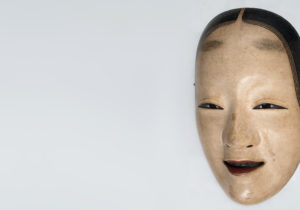
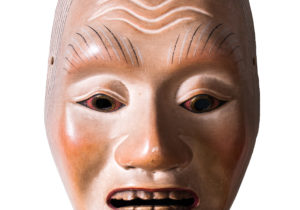
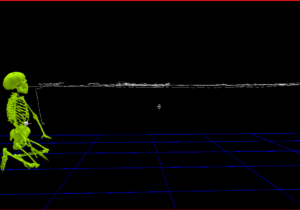
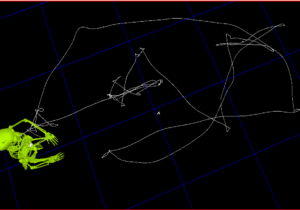
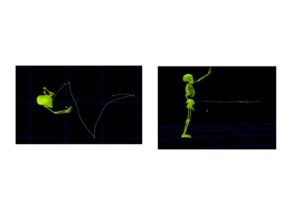
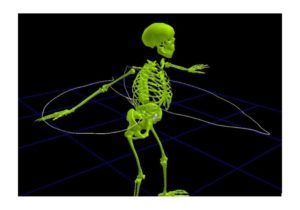
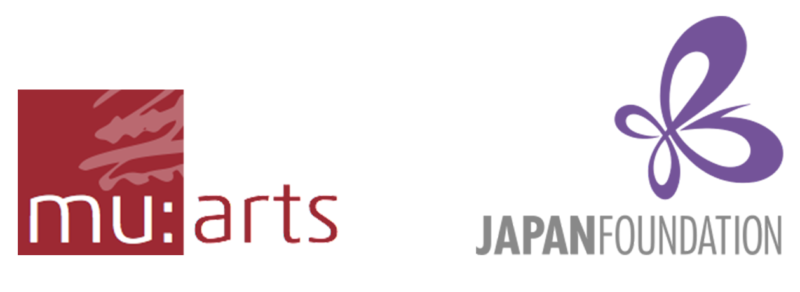
Curated and produced by mu:arts and International Noh Project Committee, Tokyo in partnership with Kings Place, Japan Foundation and the Noh Theatre Research Institute, Hosei University.

Arts Council England, Arts Council Tokyo, The Great Britain Sasakawa Foundation and Yakult.